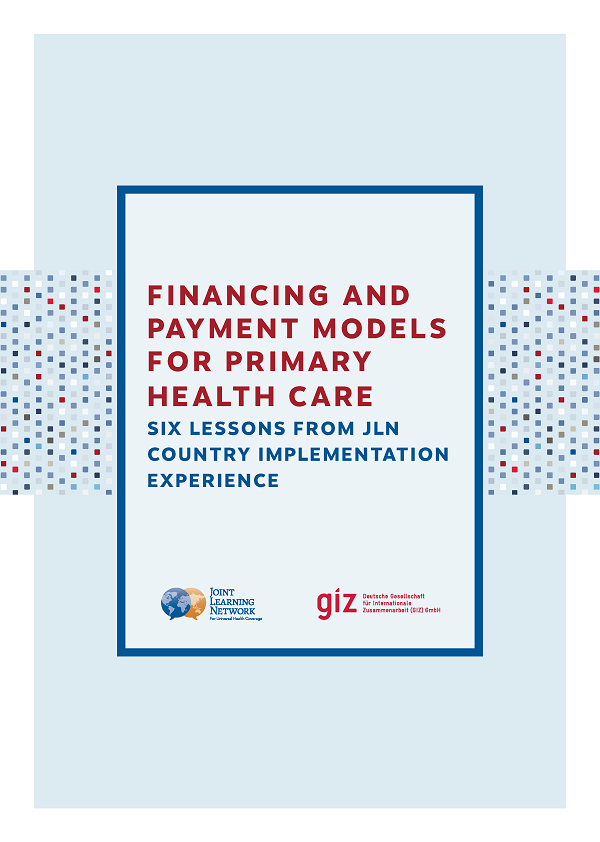Financing and Payment Models for Primary Health Care: Six Lessons from JLN Country Experience
In most countries, primary health care (PHC) providers are the first point of contact that most people have with the larger health care system. Primary health care is accessed the most by patients and can have the greatest impact on health outcomes compared with other parts of the system.
However, many countries find it challenging to improve their PHC systems. Financing and payment models for PHC can be important tools for strengthening primary care and addressing issues of access, quality, and equity in health care.
Since January 2016, the JLN Provider Payment Mechanisms (PPM) technical initiative has convened a collaborative learning exchange on primary health care financing and payment. Through the exchange, policymakers and practitioners from 15 JLN member countries and three resource countries have shared their experience and reached consensus on a set of early lessons that can be adapted and used by other countries to guide implementation of effective PHC financing and payment models. This paper presents six important early lessons emerging from the collaborative learning exchange that can be adapted and applied by other countries that face similar challenges or are embarking on PHC reform efforts. The paper also identifies helpful resources with guidance that countries can adapt to their own contexts.
The production of this paper was funded by the Deutsche Gesellschaft für Internationale Zusammenarbeit (GIZ) through the Global Alliances for Social Protection program, along with grants to the JLN Provider Payment Mechanisms technical initiative from the Bill & Melinda Gates Foundation and the Rockefeller Foundation.

